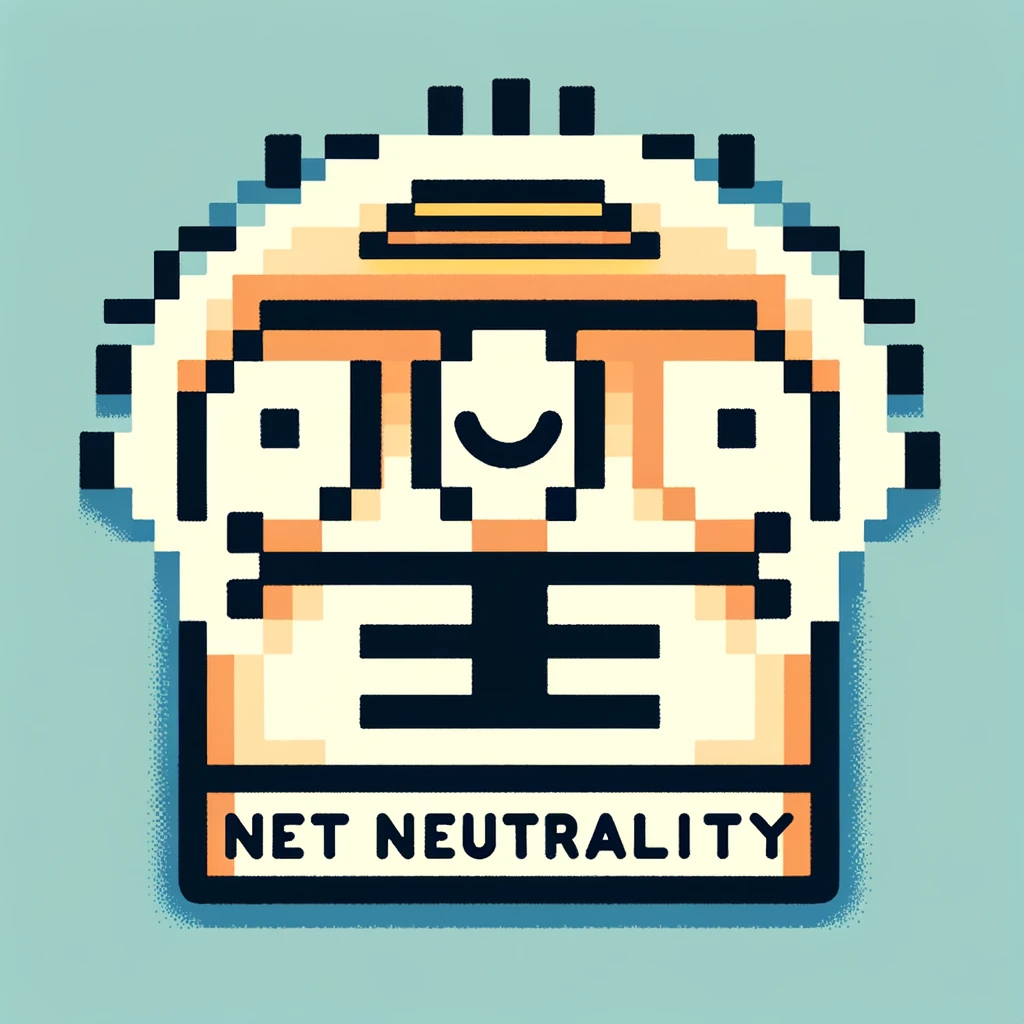124 reads
Impact of the Net Neutrality Repeal on Communication Networks: Abstract & Introduction
by
April 10th, 2024
Audio Presented by

At NetNeutrality.Tech we treat all data on the Internet the same way and all users have equal access to online content.
Story's Credibility

About Author
At NetNeutrality.Tech we treat all data on the Internet the same way and all users have equal access to online content.